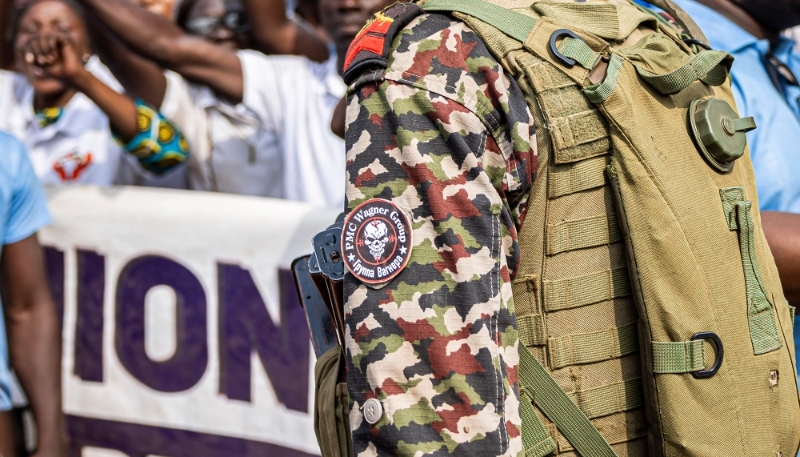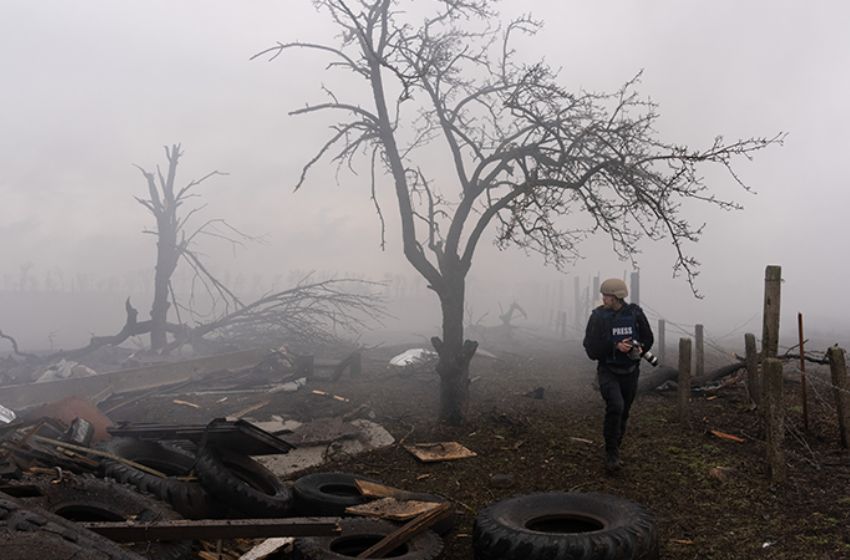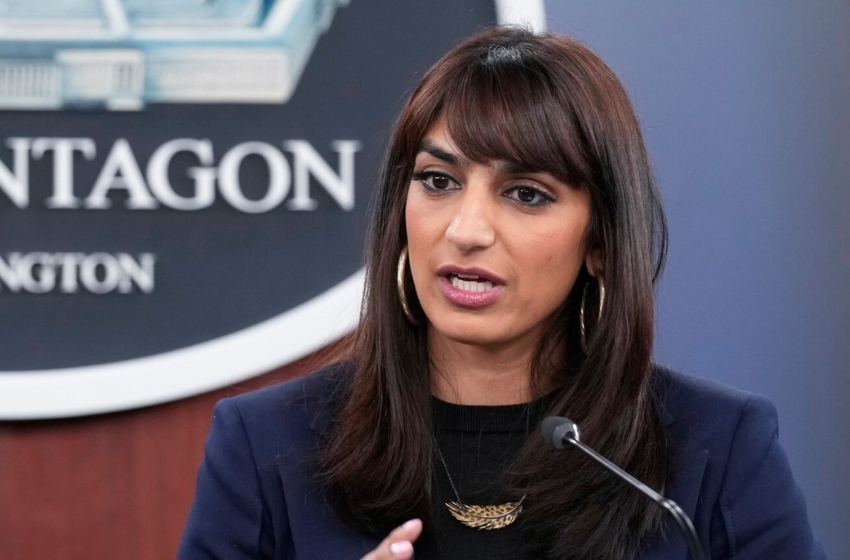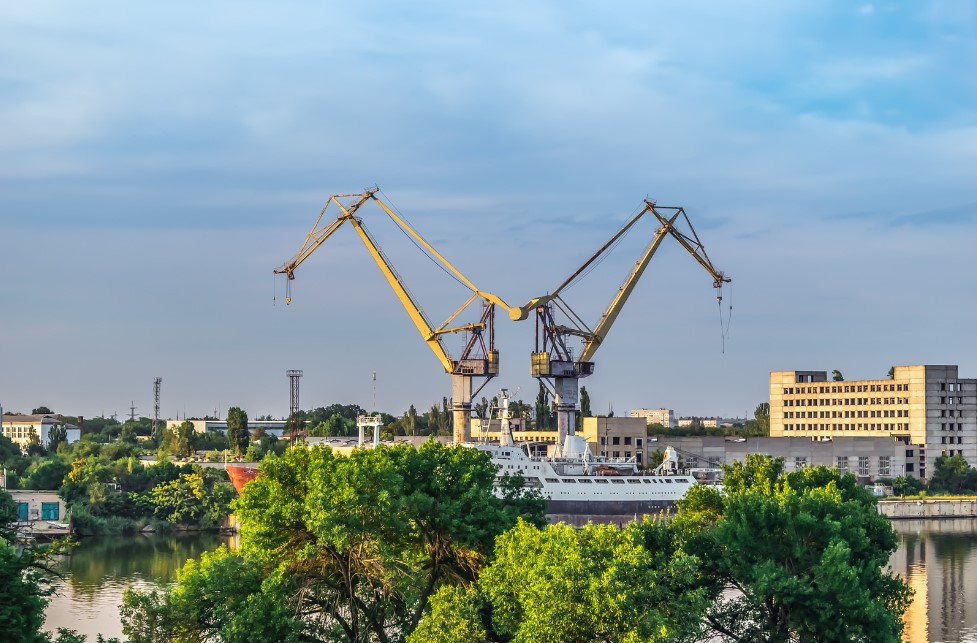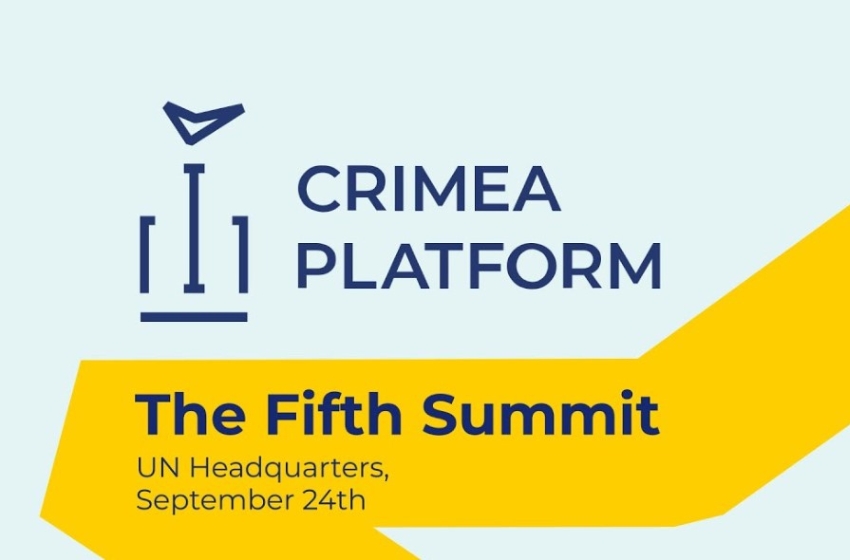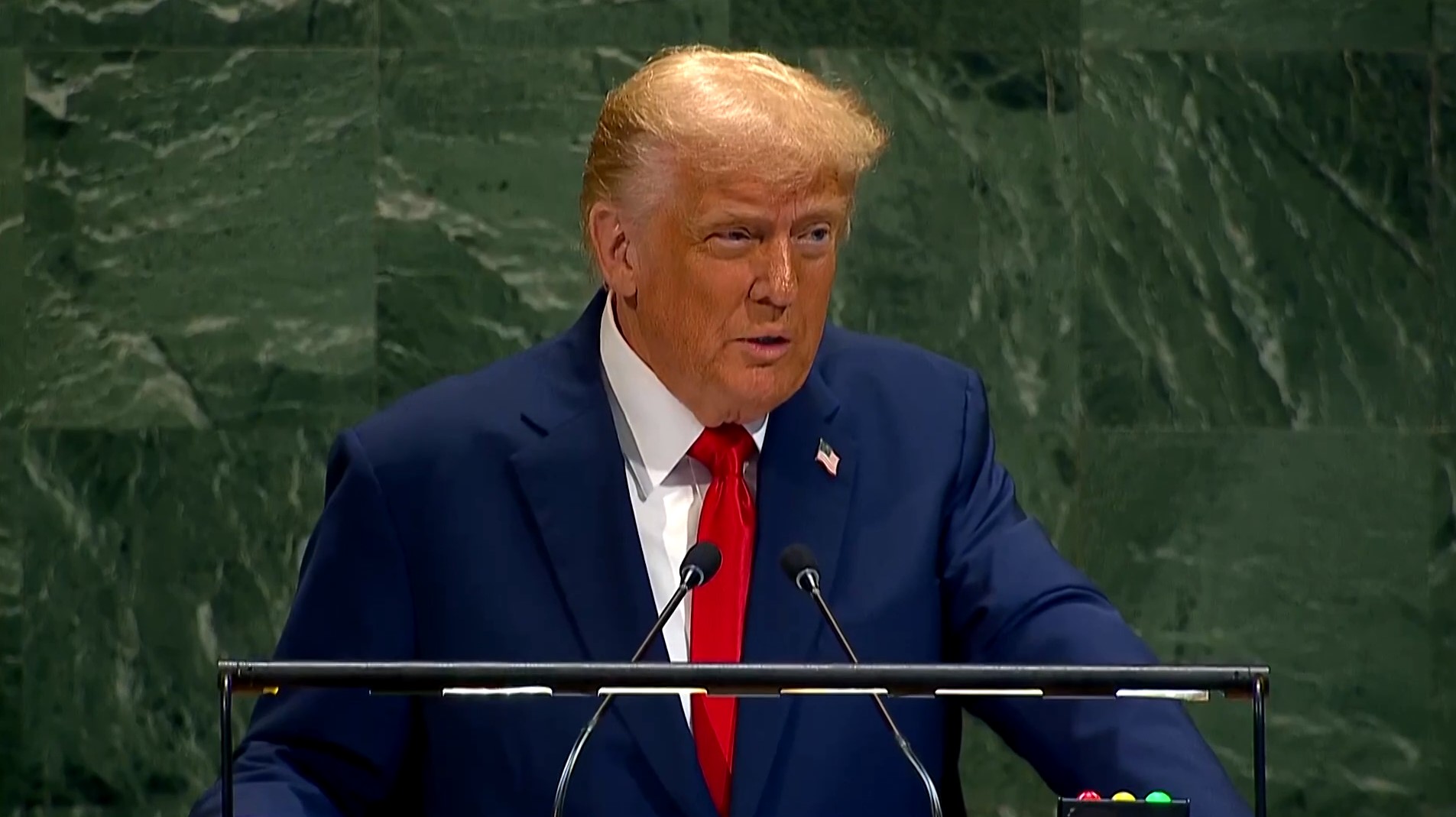Main image: A general view of a patch with the logo of the private mercenary group Wagner on the uniform of a member of the Central African Republic armed forces in Bouboui (CAR), 1 March 2025. © Patrick Meinhardt/AFP
The Russian group Wagner has once again intensified its activities in the Upper Mbomou prefecture in the southeast of the Central African Republic. After a period of absence and internal conflict with local allies, the mercenaries are striving to regain control over this strategically important region. The area is rich in natural resources, especially gold, and is located on the border with the Democratic Republic of Congo and South Sudan, making it crucial for Wagner’s economic and logistical interests, as reported by Africa Intelligence.
Last year, Wagner trained 300 Azande rebel fighters—Azandé Ani Kpi Gbé—attempting to use them to strengthen control over the region. However, renamed Wagner Ti Azandé (WTA), the militants soon rebelled against their mentors. This led to violence directed at both the local population and competing factions, such as the UPC—Fulani groups actively operating in the region. The violent actions of WTA effectively disrupted Wagner's gold-buying scheme from the UPC, undermining the group's economic strategy.

In response to escalating violence, including attacks and extrajudicial executions, international organizations, particularly MINUSCA, recorded serious human rights violations, including executions and rapes. These incidents sparked international outrage and forced the UN peacekeeping mission to deploy forces to the conflict zone. The exacerbation of inter-community hostility, particularly between the Azande and Fulani, became a tool that Wagner initially used to its advantage but then lost control over.
Despite the deteriorating situation, Wagner representatives continued efforts to restart the process of recruiting and training new fighters, including former UPC members and Azande. However, the lack of resources, trust, and a clear strategy led to a new wave of violence from frustrated militants, many of whom were left unsupported. The center of the latest escalation was the city of Zemio, where additional forces were deployed, and in response to the situation, the Central African Republic authorities decided to establish a high court.
Wagner's efforts to regain control over the resource-rich region in the Central African Republic demonstrate how important this territory is for Russian interests in Africa. However, the group's crude interference, reliance on unstable local alliances, and disregard for long-term stability are undermining its influence. While Moscow, through Wagner, tries to maintain its economic presence, the region risks plunging back into a spiral of violence and chaos.









